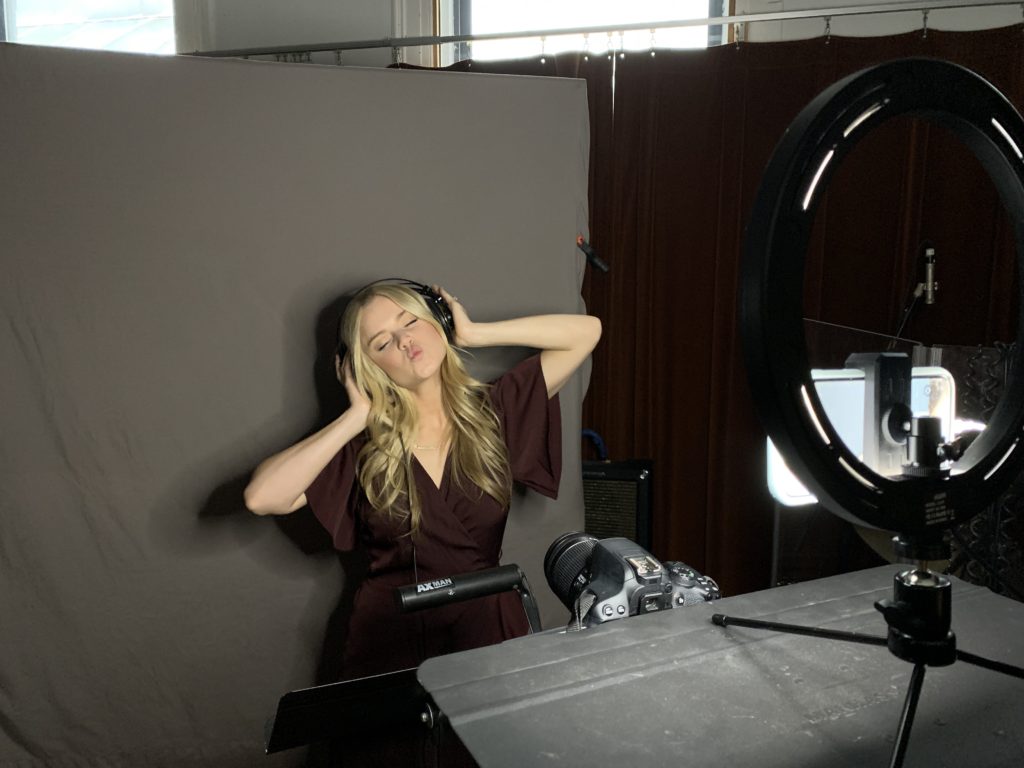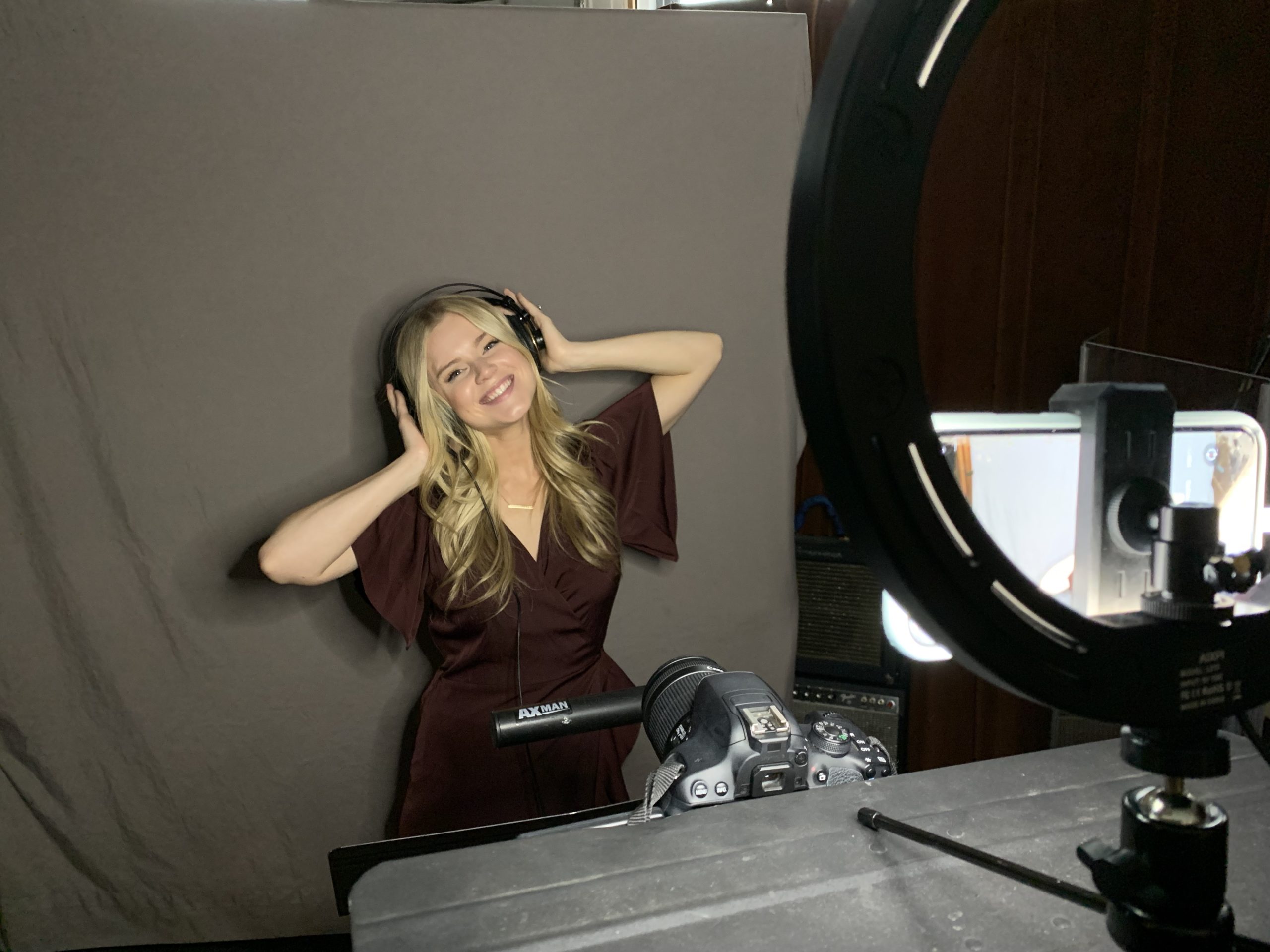Begin Again: Try, Try Again
One of the greatest lessons my dance teachers taught me is that a correction is a compliment. If someone takes the time to give you feedback, it’s because they believe you have the potential to improve, and they want to help you do just that. From dance to relationships to writing, I’ve carried that guidance with me through every experience of my life. Which brings me to the subject of this column: throwing out work that’s not serving you, getting support from people who know better than you, and trying again.
In January, I wrote a column about creating reels to submit to agencies and casting directors. I primarily focused on my dance reel, but also included brief details about my acting and vocal reels. As I’ve mentioned before, I’m returning to dance (and pursuing Broadway) on a budget, so outside of vocal coaching, my vocal reel was a bit of a thrown-together DIY project. It didn’t take long for me to realize that I disliked it. While I’m a dancer first, singing is still crucial to my goals. And yet, I was sending out work I clearly wasn’t proud of.
In January 2022, I spoke with talent consultant and Launch Talent director Leesa Csolak, who recommended I work with Cameron Richardson-Eames, a London-based voice teacher who works with singers on Broadway, Netflix, HBO, Apple TV+ and “The Voice.” He trained at The Juilliard School, The Royal Academy of Music and Cambridge University, and his online voice studio reaches students from over 30 countries. Leesa thought he could make a big difference in the quality of my voice, so I decided to give him a try.
On our first day of working together he gave me the correction (read: compliment) I needed, and recommended I start the whole process over. From January through April 2022, I met with him regularly, working on three songs: “Safer,” from First Date; “There You’ll Be,” by Faith Hill; and “Someday,” from The Wedding Singer musical.
“My main priority for your technique was to rid you of tension in places where it was not serving your vocal production,” Cameron said. “When I first heard you and watched your old reel, there was a clear conflict between how you were asking your body to function for dancing and what it ought to do in singing. Reconciling those two things is one of the most challenging aspects of working with professional dancers who also need to sing.” According to Cameron, I had a lot of tension in my neck. What’s more, my diaphragm and abdominal muscles were not working in a way that supported my sound or provided an efficient flow of air over the vocal folds. “So we devised a series of exercises for you that, in a remarkably short space of time, overhauled really quite large parts of your technique,” he said.
By early May, my voice had progressed significantly. (My mom is a beautiful singer who has always been a bit picky with my pitch, and even she was thrilled with the improvement!) “Your voice now sounds a lot more grounded in the body,” Cameron said, “and as a consequence of that it has a warmer, rounder sound that is both more commanding and actually a genuine representation of what your voice should sound like when obstacles are removed.”
Honestly, I don’t know how he did it, but I’d been told that uniquely qualified vocal coaches are worth spending the money on. “It would be better for you to work with a more expensive yet experienced vocal coach once per month than a regular teacher once per week,” Csolak advised. That sounded a little strange to me, but I trusted the process and, thankfully, it worked out.
Eventually Cameron recommended I get into a recording studio. “This industry is way too competitive for anyone to present less than their best work,” he said. “Recording in a studio instantly creates a much higher-quality product with cleaner and clearer sound and a well-balanced track.” In Cameron’s opinion, professionally recorded and mixed reels implicitly tell casting directors about the level at which you’re working, and the standards you hold for yourself. It also allows them to picture where they can take your voice, and what kind of repertoire would work for you.

“If you send me a recording that could stand up against a Broadway original-cast recording, then I’m going to mentally frame you against those singers,” he said. “By contrast, a reel shot on an iPhone with a low-quality track in the background will require me to do a lot of the heavy lifting on that front.”
So, I took his advice and worked with Chip Fabrizi at P.P.I. Recording in SoHo, in New York City. Chip allowed me to set up a backdrop and ring light in front of his microphone and other recording equipment so I could get video and audio done at the same time. We Zoomed Cameron in from London and got started by having me sing “Safer” three times in a row while Cameron gave me corrections between takes. “Sounds a bit careful,” he said after one of the runs. “Enjoy the tune a bit more.” Once I finished, we listened to the recordings and chose the one we thought was best.
We followed the same process for the other two songs before Chip and Cameron worked together to mix the tracks. “If this were an album that the first cast of a Broadway company was producing, we would spend hours and hours on this part,” Chip said. Thankfully, the process only took us 10 minutes or so.
And voilà! After three hours of work, I went home with three tracks I am super-proud of! (Genuinely, this time.) And I can’t wait to send them out to both agencies and casting directors.
Go to Dance Magazine’s YouTube channel for a full look at the process, along with the finished product! While rerecording my vocal reel initially felt like a setback, I’m so glad I was pushed to improve my work. Now I have a reel I am happy with, as well as a voice coach on my team who knows what I need to do to progress in my goals. We stand on the shoulders of others, and I’m so grateful to be collecting a team of people who are so generously offering me a boost.




